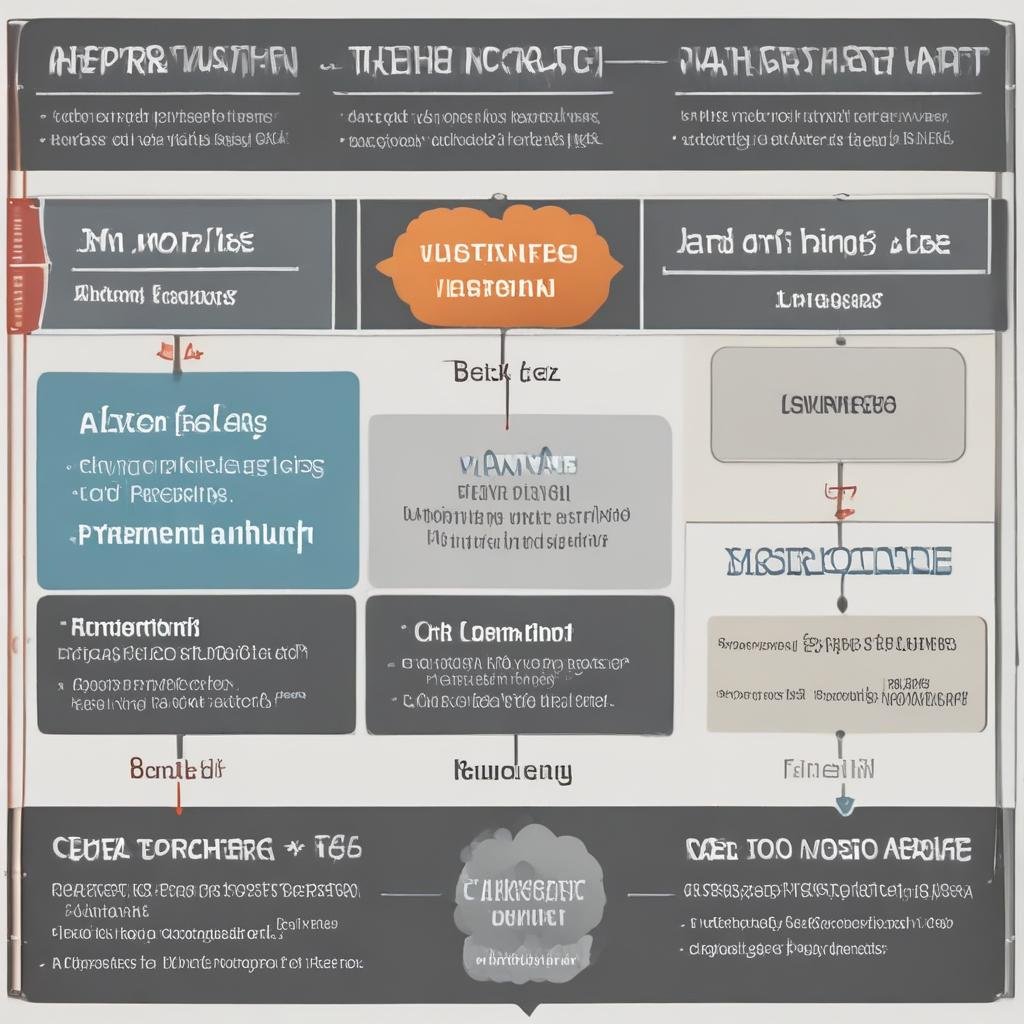Understanding the Essence
In software development, the business logic layer serves as a vital component of the architecture, encapsulating the rules, processes, and calculations that drive business operations. It acts as the intermediary between the user interface and the data layer, orchestrating the flow of data and ensuring that business rules are enforced consistently.
The Role of the Business Logic Layer
Implementing Business Rules
One of the primary functions of the business logic layer is to implement and enforce business rules within the software application. These rules define the logic and constraints governing how data is processed, validated, and manipulated to achieve specific business objectives.
Separating Concerns
By separating business logic from other layers of the application, such as the presentation layer and data access layer, the business logic layer promotes modularity, scalability, and maintainability. It allows for easier management and updates of business rules without affecting other components of the application.
Facilitating Reusability
The business logic layer enables the reusability of code by encapsulating business rules and processes into reusable components or modules. This promotes code efficiency and reduces redundancy, as the same logic can be leveraged across multiple parts of the application.

Implementing the Business Logic Layer
Requirement Analysis
The first step in implementing the business logic layer is to conduct a thorough analysis of the business requirements. This involves understanding the needs of stakeholders, identifying key business processes, and defining the rules and constraints that govern them.
Designing the Layer
Once the requirements are understood, the next step is to design the architecture of the business logic layer. This includes defining the structure of the layer, identifying the components and modules that will comprise it, and specifying the interactions between these components.
Developing and Testing
With the design in place, developers can proceed to implement the business logic layer using appropriate programming languages and frameworks. Thorough testing is essential to ensure that the implemented logic functions as expected and adheres to the defined business rules and requirements.
Conclusion
In conclusion, the business logic layer plays a crucial role in software development, serving as the backbone of applications by implementing and enforcing business rules and processes. By separating concerns, facilitating reusability, and promoting modularity, the business logic layer enables the development of robust, scalable, and maintainable software solutions.

Steps:
- Requirement Analysis: Understand the business requirements and objectives to determine the rules and processes that need to be implemented in the layer.
- Design Architecture: Define the structure of the business logic layer, including components, modules, and their interactions.
- Identify Business Rules: Clearly define the business rules, constraints, and calculations that will govern data processing and manipulation within the layer.
- Implement Logic: Develop code to implement the defined business rules and processes using appropriate programming languages and frameworks.
- Test Thoroughly: Conduct comprehensive testing to ensure that the implemented logic functions correctly and adheres to the specified requirements.
- Integrate with Application: Integrate the business logic layer into the larger software application, ensuring seamless interaction with other layers and components.
- Document and Maintain: Document the implemented logic, including its purpose, functionality, and usage, to aid in understanding and maintenance. Regularly review and update the layer to accommodate changes in business requirements or address any issues that arise.
FAQs:
- What is a business logic layer?
- The business logic layer is a component of software architecture that encapsulates the rules, processes, and calculations governing how data is processed and manipulated to achieve specific business objectives.
- Why is a business logic layer important?
- The business logic layer separates business-specific rules and processes from other components of the software application, promoting modularity, scalability, and maintainability. It ensures consistency and reusability of business rules across the application.
- How does the business logic layer interact with other layers?
- The business logic layer typically sits between the presentation layer (user interface) and the data access layer (database). It receives input from the presentation layer, processes it according to defined business rules, and interacts with the data access layer to retrieve or update data.
- What types of rules are implemented in the business logic layer?
- The business logic layer implements various types of rules, including validation rules (e.g., data validation), calculation rules (e.g., pricing calculations), and workflow rules (e.g., approval processes). These rules ensure that data is processed accurately and in accordance with business requirements.
- How can I ensure the reliability of the business logic layer?
- Thorough testing and validation are essential to ensure the reliability of the business logic layer. By conducting unit tests, integration tests, and acceptance tests, developers can verify that the implemented logic functions correctly and produces the expected results.

helloI really like your writing so a lot share we keep up a correspondence extra approximately your post on AOL I need an expert in this house to unravel my problem May be that is you Taking a look ahead to see you
Nice blog here Also your site loads up very fast What host are you using Can I get your affiliate link to your host I wish my site loaded up as quickly as yours lol